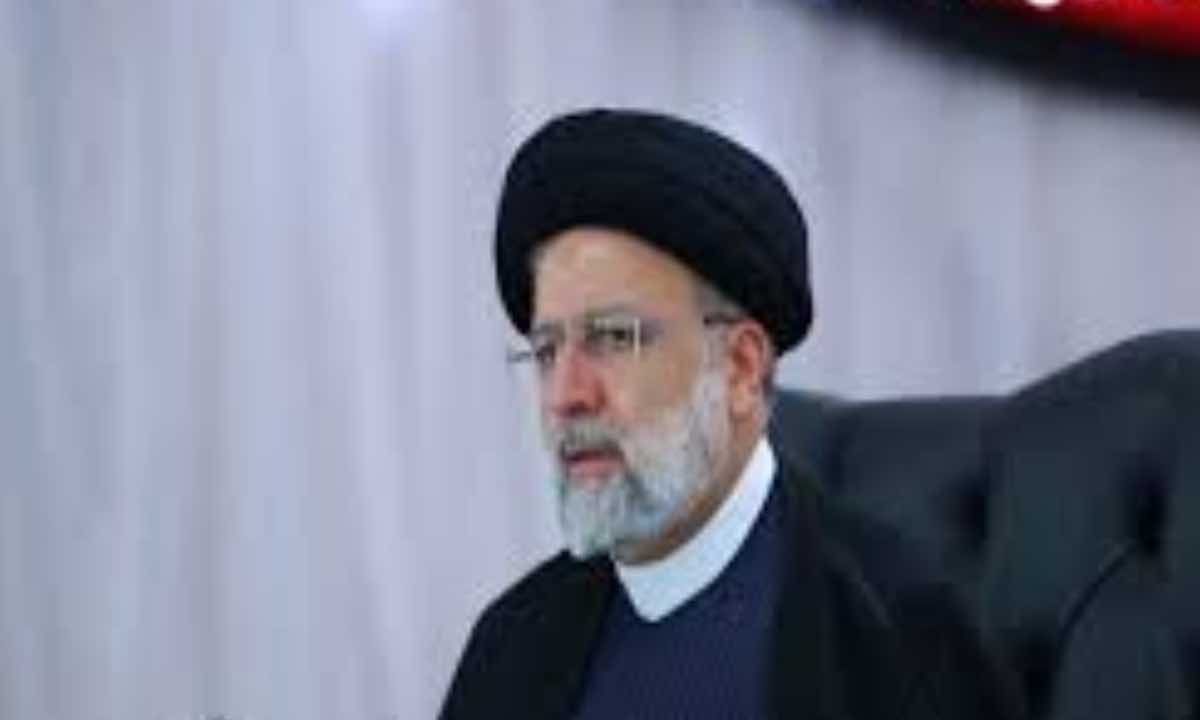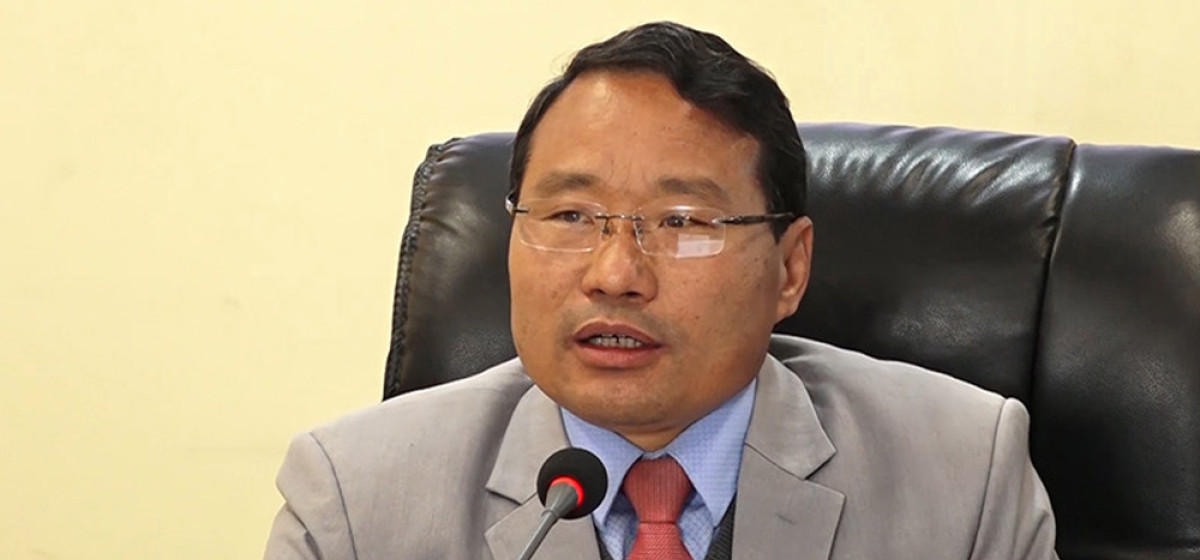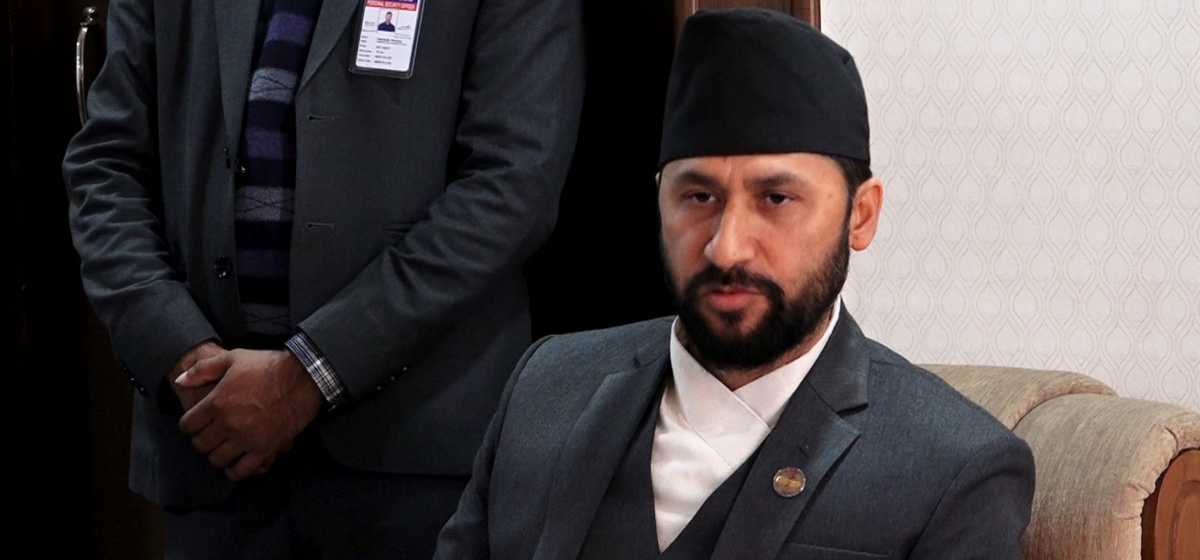
OR
When the government fails to speed up infrastructure development, it could mean three things. One, the government has not been able to manage fund for development, meaning there is little capital to spend. Two, the government has enough money to spend but it has no proper plans for the same. Three, the government has commitment for speeding up capital spending process but the procedural hurdles are way too many or our bureaucracy is too lethargic. But in either of three cases, it is the government or the people in the government who are responsible. Nepal’s story has been that, despite being a struggling economy, we somehow manage funds for development but we simply fail to spend. Here is the irony, the irony that is making the mockery of capacity of almost every government, of federal democratic Nepal that needs to be sorted out once and for all.
Current administration, which until recently enjoyed absolute two thirds majority in the parliament, has been no different in this regard. When KP Oli was sworn in as the prime minister on February 15, 2018, he quickly announced to adopt the agenda of economic prosperity by ushering in development activities. Things will be different, we were told. But they remain the same if we look into the statistics of capital spending. In the first six months of the current fiscal year, the government has spent only 12.86 percent of the allocated capital expenditure, according to the report of Financial Comptroller General’s Office (FCGO). The figure is the lowest in the past three years. In 2017/18, the capital expenses stood at 14 percent, it was 16 percent during the review period of 2018/19. This is despite the assurance from finance minister Yubaraj Khatiwada that capital spending would be scaled up this fiscal. Besides, Prime Minister Oli himself had also reiterated that capital expenditure would improve this year. But as things stand, there has not been more than average two percent spending per month of the allocated budget this year.
The costs of dismal spending need not be emphasized. Dismal spending of development budget results in failure of completing vital infrastructure projects on time. It impedes development activities, hampers job creation, and affects people’s income. Besides, when the government authorities up the ante for spending the money at the end of fiscal year, as has been the norm in Nepal for the past several years, it results in poor quality of construction works and breeds corruption. Of the total 408 billion rupees allocated for infrastructure projects in the current fiscal year, the government so far has been able to spend only 52 billion rupees, which means the government will have to spend estimated one million rupees per day for the next six months to meet its target, which is extremely unlikely. All the same, the government needs to make most out of the next six months to raise its capital spending graph in a way that results in quality works on the ground. One of the promises of this government, when it came to power two years ago, was to speed up development process. Many believed in this promise because this was a stable and strong administration Nepal has had in the last several decades. But in terms of capital spending it has not been much different from its predecessors. It has to be. Next six months are crucial.
You May Like This

Wage war against corruption
On Tuesday, Prime Minister K P Sharma Oli was reiterating his usual ‘zero-tolerance against corruption’ rhetoric. “I will not spare... Read More...

Political quick-fix won’t provide justice
The Khmer Rouge tribunals found the two most senior Khmer Rouge leaders guilty of genocide, 40 years after the fall... Read More...

Do more than name-only market monitoring
As festival season approaches, government agencies meant for market monitoring wake up. They take media with them, close down few... Read More...







Just In
- Wind storm likely at a few places of Koshi and Sudurpaschim
- EVs adoption in Nepal surge in Nepal with government support measures
- Mayors' Forum urges Finance Minister Pun to settle electricity dues
- By-Election: Voting underway in Ilam-2 and Bajhang-1(a)
- Save the Children report highlights severe impact of air pollution on children
- NATO Serving as a Catalyst to Fuel Violence
- Home Minister denies any delay in providing relief to wildfire and fire victims
- Ties with Tehran












Leave A Comment